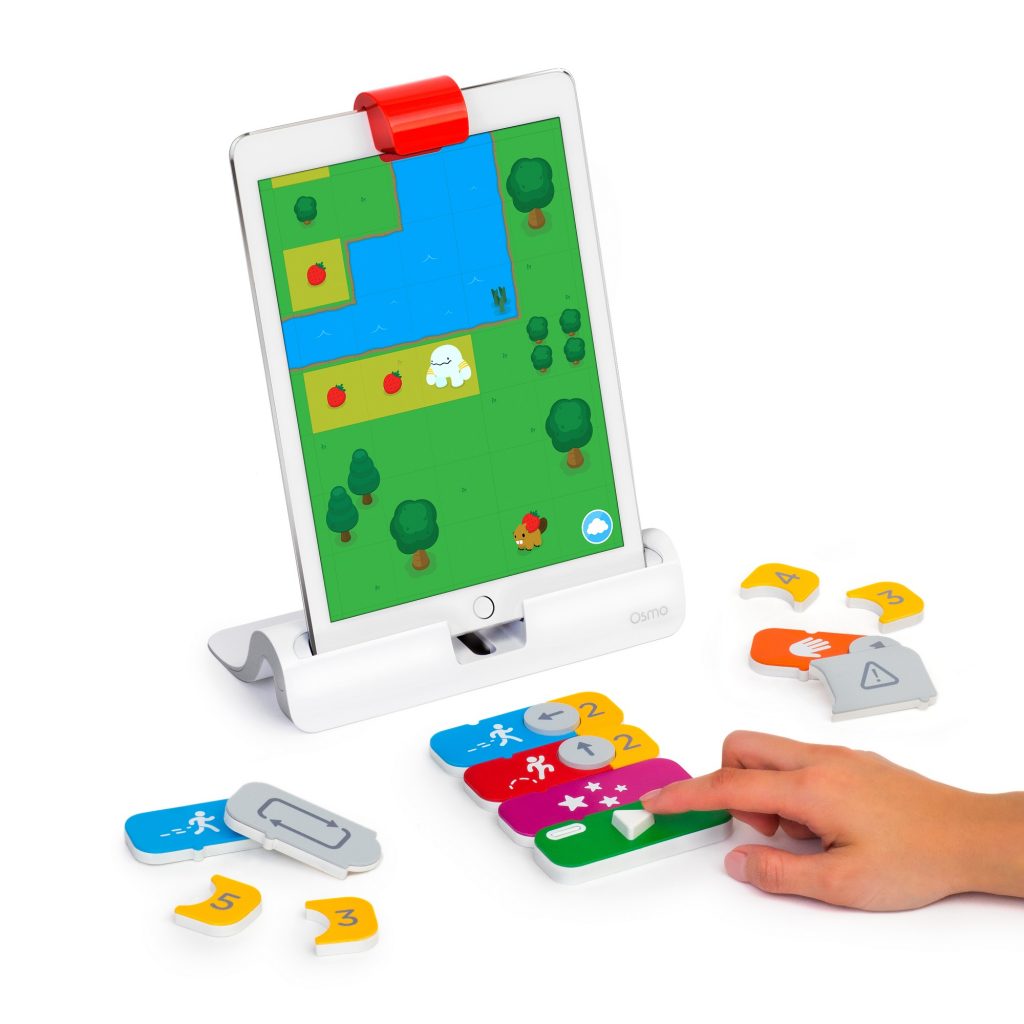
An image of Osmo, in use. Photo courtesy: Osmo
I love books. I love holding them in my hands and turning the pages myself.
However, I also love technology. I’m trying to find the balance between using it in my classroom to enhance literacy, and keeping things traditional.
I’ve written about some of my favorite K-5th grade apps, but I want to dive a little more into the ones below.
Osmo
Through the generosity of my district’s Foundation for Excellence, I was awarded a grant that allowed me to purchase Osmo for my students. (Thank you FFE and all who contribute to make the grants possible!)
Osmo requires an iPad, and through apps and tangible materials, it makes the iPad a tool for hands-on learning. Osmo has many applications to enhance literacy, math, coding, and the arts.
I’m using the Words app to enhance literacy. Students are provided upper and lowercase letter tiles, and are asked to complete words. The words may have missing letters or a picture to name, and you can create your own word lists for students to interact with. What’s helpful, too, is that Osmo provides students with instant feedback.
With the Masterpiece tool, students can choose a picture they would like to draw on paper. The image is then shown on the screen, along with the paper you are drawing on. Students can draw something and then label it and/or create a story using the images.
Scratch
Scratch is a coding website. We are currently using it in our after-school Coding Club, and the students are enjoying learning how to code games. My kindergarten students have also been exploring coding with Scratch and Scratch Jr., along with their 2nd and 3rd grade buddies.
It’s never to young to start learning to code! But, what about literacy?
To help enhance literacy skills, students could choose sprites (characters) and backgrounds, and then code them to retell a story they have read. They could even make it interactive, and code the sprites to ask questions about the story. Students could also create their own story by coding different sprites and backgrounds.
Seesaw
![]() My students and parents absolutely love Seesaw. Right now I use it to communicate with parents about what we are doing throughout the day. It’s a perfect window into our classroom for those who aren’t able to make it in person.
My students and parents absolutely love Seesaw. Right now I use it to communicate with parents about what we are doing throughout the day. It’s a perfect window into our classroom for those who aren’t able to make it in person.
But my students love it because they are able to post pictures of things they are working on or have created. These can be shared with parents.
Next year I would like to implement a weekly literacy challenge to my students. I would like them to write a letter, draw a picture or video themselves, and tell parents about what they have been doing in school. Parents will be able to write back to students and give them instant feedback. I think this would be a great way to avoid the “nothing” answer when asked what they’ve been up to at school.
Raz Kids
Learning A to Z has a product called Raz Kids, which offers online books at students’ levels. Students are able to listen to stories being read to them, read the stories themselves, as well as answer comprehension questions after. There is also an app that allows parents to use it at home. Teachers are able check what students are reading, as well as how they are doing with comprehension.
In with the Old and New
Nothing will ever replace holding a book or pencil in your hand. However, with the plethora of resources and the changing times, we need to adapt in the classroom as well. Building in small doses of technology, and challenging yourself to try something new every so often, can help inspire your students to do the same!
 Tricia Ziegler (Twitter: @axf96; blog: http://kindergartentreasures.blogspot.com) is a kindergarten teacher at Loon Lake Elementary, in the Walled Lake School District. She is a part of the Walled Lake iCouncil (Instructional Council) team and is part of starting a coding club at her school this year. She is in her eleventh year of teaching, with nine in kindergarten and two in Second Grade. Prior to that she taught in the Walled Lake Great Start Readiness Program, which is a state-funded preschool program for at-risk students. Tricia attended Michigan State University for her undergraduate degree and specialization in Early Childhood. She then attended Wayne State University for her Master’s in Teacher Education.
Tricia Ziegler (Twitter: @axf96; blog: http://kindergartentreasures.blogspot.com) is a kindergarten teacher at Loon Lake Elementary, in the Walled Lake School District. She is a part of the Walled Lake iCouncil (Instructional Council) team and is part of starting a coding club at her school this year. She is in her eleventh year of teaching, with nine in kindergarten and two in Second Grade. Prior to that she taught in the Walled Lake Great Start Readiness Program, which is a state-funded preschool program for at-risk students. Tricia attended Michigan State University for her undergraduate degree and specialization in Early Childhood. She then attended Wayne State University for her Master’s in Teacher Education.

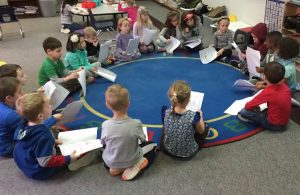

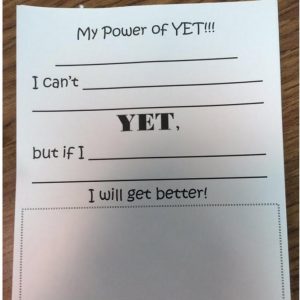 For the past two years, Loon Lake Elementary, where I teach, has really been trying to elicit a growth mindset in our students. We remind them we can always get better at something, and we need to work hard and not give up. We have been focusing on this in cross-grade-level monthly meetings, called Teams, as well as in individual classrooms.
For the past two years, Loon Lake Elementary, where I teach, has really been trying to elicit a growth mindset in our students. We remind them we can always get better at something, and we need to work hard and not give up. We have been focusing on this in cross-grade-level monthly meetings, called Teams, as well as in individual classrooms.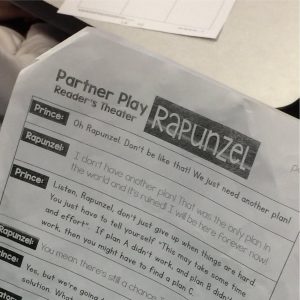

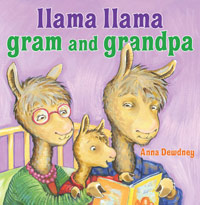 Bear’s Loose Tooth
Bear’s Loose Tooth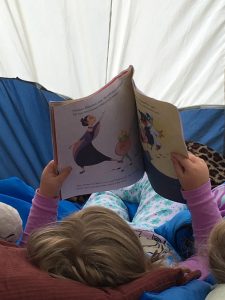 My daughter, Taylor, just started her first grade year. She left kindergarten at grade level in reading, and at the end of the year, she was just starting to believe in herself as a reader.
My daughter, Taylor, just started her first grade year. She left kindergarten at grade level in reading, and at the end of the year, she was just starting to believe in herself as a reader.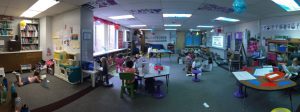 Since this can-read attitude is a goal for my own kindergarteners, I’ve already started thinking about how to maximize this mindset for them when summer arrives. Yes, I know we’ve just started school, but the thought is fresh in my mind and the problem is a big one!
Since this can-read attitude is a goal for my own kindergarteners, I’ve already started thinking about how to maximize this mindset for them when summer arrives. Yes, I know we’ve just started school, but the thought is fresh in my mind and the problem is a big one! Thanks to a generous grant from the
Thanks to a generous grant from the 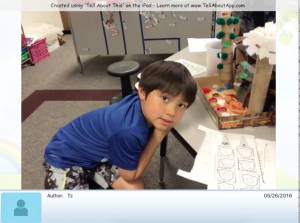
 Back in January an article came out that had the teachers in my building thinking, We’ve been saying that forever and finally someone is acting on it! The article was titled
Back in January an article came out that had the teachers in my building thinking, We’ve been saying that forever and finally someone is acting on it! The article was titled  I am fortunate that in my district, when we started the all-day, every-day kindergarten program in 2008, the district stressed the importance of play in the classroom. I am also fortunate that my building principal supports this. We have free-choice play in my classroom every day; this is something that never changes and I hope never will.
I am fortunate that in my district, when we started the all-day, every-day kindergarten program in 2008, the district stressed the importance of play in the classroom. I am also fortunate that my building principal supports this. We have free-choice play in my classroom every day; this is something that never changes and I hope never will.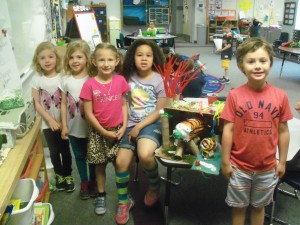 Yes, we have to do a research project in kindergarten!
Yes, we have to do a research project in kindergarten! We also looked for kid-appropriate videos and zoos that had viewing cameras on the animals. The San Diego Zoo, for example,
We also looked for kid-appropriate videos and zoos that had viewing cameras on the animals. The San Diego Zoo, for example,  I am fortunate that both of my daughters absolutely love reading. They look at not having time to read as a punishment, one that’s equivalent to losing their favorite toy.
I am fortunate that both of my daughters absolutely love reading. They look at not having time to read as a punishment, one that’s equivalent to losing their favorite toy. This kind of reading can be used during the daily bedtime routine. This makes the books more fun and interesting, and helps students retain more information about their books. Such a routine can also become a time the child looks at with fond memories, a quality time with his or her family.
This kind of reading can be used during the daily bedtime routine. This makes the books more fun and interesting, and helps students retain more information about their books. Such a routine can also become a time the child looks at with fond memories, a quality time with his or her family.